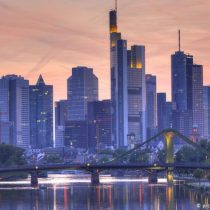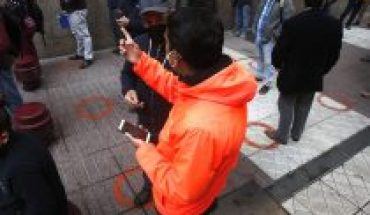
Coronavirus has achieved what environmentalists and futurists have long wanted: streets with little traffic.
But what happens when everyone who has previously worked at home returns to their usual jobs? What will the “new normal” look like? Are cycleways, traffic management systems, high parking fees, the real solution against the mobility problem?
“Yes,” says Michael Ganser, an engineer at Kapsch Group’s TrafficCom traffic telematics group: “With intelligent traffic light control, traffic jams can be reduced by 25%.” With artificial intelligence and big data, digital technology can now achieve clear results with little effort.
Fewer tacos with big data
The basis for this is the creation of a digital infrastructure in cities and the connection between vehicles and traffic lights. “New cars are already being sold with this tool. Also, almost everyone now has a cell phone with location programs,” Ganser says. “The infrastructure needed in part already exists and only needs to be increased,” he adds. For example, a flexible traffic light control that automatically adapts to the current traffic situation.
Stagnation could be reduced with the help of artificial intelligence, big data and connection network.
Kapsch has already installed such systems in Madrid, Mumbai and Quito. Ganser calculates costs at 2 thousand pesos per inhabitant for construction and 800 pesos per year for operation.
At the same time, the city saves the costs generated by tacos: with a reduction of 25% per inhabitant, it would be around 435 thousand pesos per year.
“If route recommendations were also sent to the car, according to the traffic light control, half of all traffic jams could be avoided and save 1,000 euros per person per year,” Ganser says.
Requirements for digital infrastructure
Martin Eldracher, managing director of IT consulting firm DXC Technology, also sees more opportunities than risks due to restrictions caused by coronavirus. “Digital technology can help implement or mitigate measures such as social estrangement,” he says.
Therefore, simple sensors can be useful for maintaining safety distances, even at work, and performing input controls with thermal cameras and without facial recognition in rail transport and events.
“Digital infrastructure is always a prerequisite,” says Eldracher. According to him, many cities and municipalities need to improve in this regard.
“If a city collects current information about traffic, construction and construction zones with the help of sensors and cameras and makes it available on an open data platform, then private companies or drivers could use it,” says Eldracher.
Less offices, more green areas?
The situation is similar in the real estate sector: around the world, company bosses assess whether expensive business offices are still needed, as homework works well.
Morgan Stanley CEO James Gorman said a large part of his 80,000 employees would continue to work from home even after the coronavirus pandemic had been overcome, which would have a major impact on the real estate industry.





